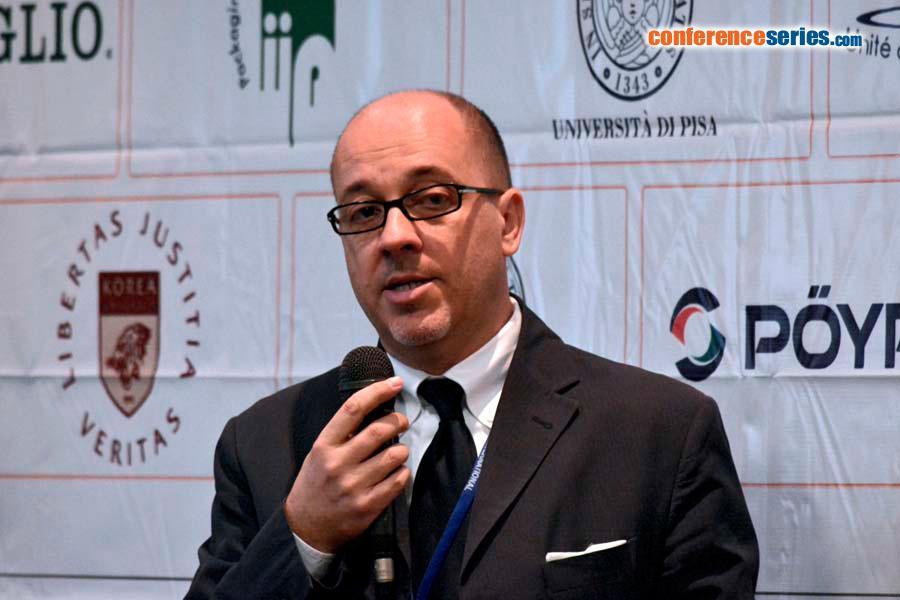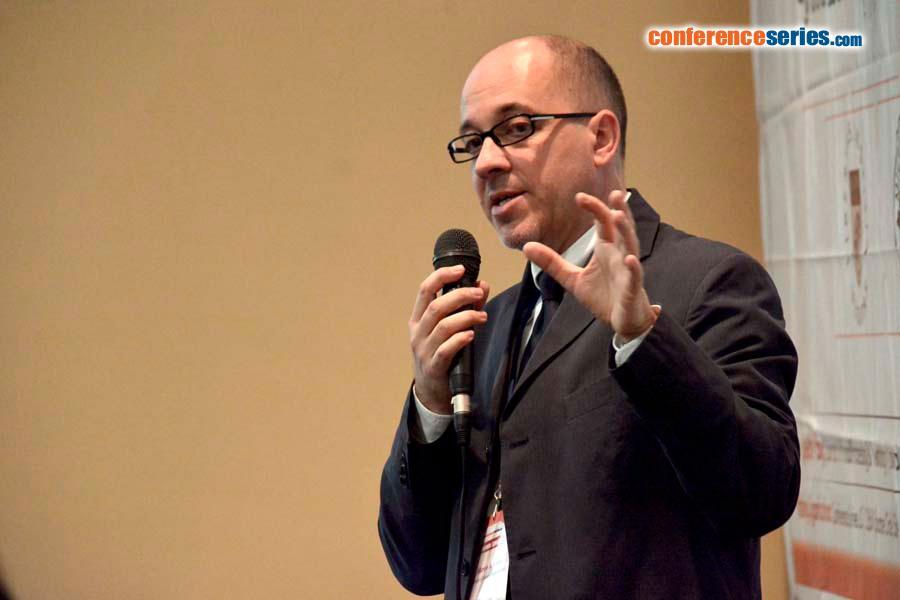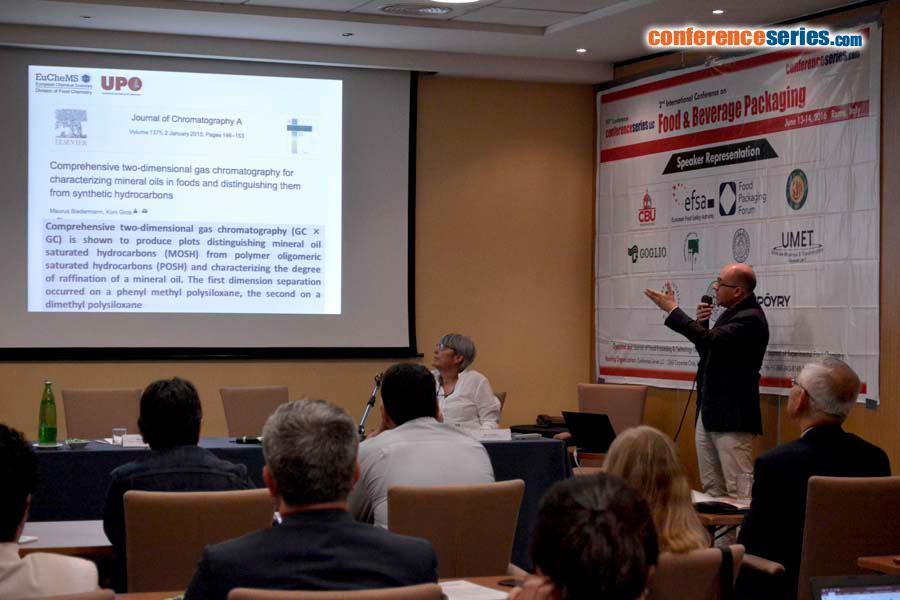
Marco Arlorio
Università del Piemonte Orientale, Italy
Title: Food design, novel ingredients and new packaging strategies: The next challenge for the food chemist
Biography
Biography: Marco Arlorio
Abstract
The Food Design is a relatively new concept in food science. Food Design is more than a simple re-formulation of food and food ingredients, involving also new forms in term of ingredients, novel food materials, new rheology and new textural characteristics, new nutritional perspectives and new bioactive/functional properties of foods. This new approach leads to novel food products, leading to new characteristics, new shelf life and, probably, to new problems to be solved. "Food" and "Pharma" products are today dramatically similar under many points of views: the so-called “functional foods” are just an example in this direction. The Food Supplements (also comprising the “botanicals”) is another key field of interest of great economical strategy, considering the trend of the market worldwide. All these facts highlight the requirement of new compatible solutions for the packaging of these new “food for the future”. The potential use of material from wastes and by products from agro-food chains for the production of new functional material dedicated to food packaging (as required today by the “bio-based industry” and by the “circular economy”), beside the use of edible coating/edible films of new generation can be able to trigger new research in this direction. Moreover, the necessity of safe foods (and safe packaging material) requires new sensitive analytical tools for the detection of contaminants (as in the case of Bisphenol A and some critical food colorants, capable to trigger adverse reaction or food allergy). The detection of “cocktails of contaminants”, often present at very low level, but intriguing about their capacity to trigger adverse reactions combining their bioactivities, is another key challenge for the chemical analysts and for the toxicologists. This oral communication will cover all these themes with some examples from recent researches, trying to show the high level of interplays among material, research, packaging and new ingredients and novel foods originated by Food Design.




